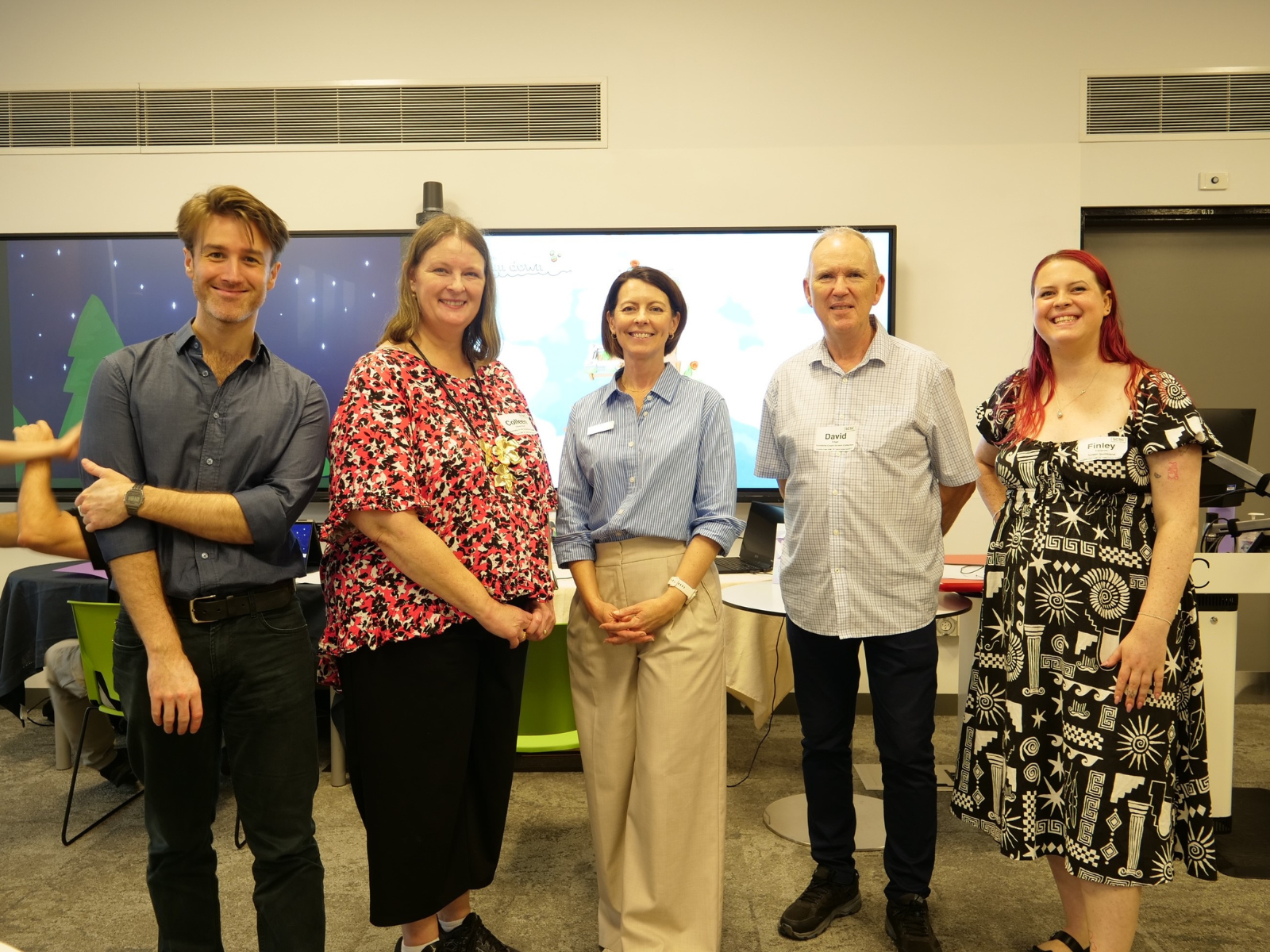I have always been fascinated by the process of reproduction. To me, it is mind-blowing that a few cells can turn into a whole organism and start a life.
I grew up on a farm in Dorset in the south of England. My father was a farmer, and my mother was a veterinary nurse, so I was exposed to animals and reproduction from a young age. I would often skip homework to help Dad with farm work.
One of my jobs was to maintain the dairy cows’ reproduction records. This is where my keen eye for detail (aka my obsessive-compulsive traits) first appeared and flourished. It has stood me in good stead with my research ever since.
On the farm, I could see lots of natural processes at work, but I didn’t understand how things were happening – the mechanisms. I was naturally inquisitive so science seemed like an obvious path for me to go down.
Today, my research focuses on fertility in domestic animals and humans. I am particularly interested in how fertility and reproduction are impacted by the world around us. I am a full-time Associate Professor in the at the University of Melbourne as well as a Deputy Scientific Director of , a nationwide human fertility clinic.
My first job after obtaining my PhD was in Missouri, USA, where I spent two years researching the impact that diet has on offspring gender ratios. This work showed that female mice and sheep who ingested a high glucose, high energy diet were more likely to birth male offspring. In contrast, where mothers ingested a low glucose, low energy diet they were more likely to have female offspring.
We don’t exactly know why diet has this effect, although it may be because male offspring are slightly larger in the uterus and so require more energy output from the mother – it may be a reflection of the mother’s ability to invest in the pregnancy.
While we believe the situation is likely to be the same in humans, this information is particularly relevant for the agricultural industry – for example, beef farmers who want more males, or dairy farmers who need more females.
I’ve also looked at the impact of temperature on the in utero (in the uterus) development of piglets. When a female pig is exposed to ambient temperatures above 28°C, her placenta is less effective at moving nutrients to the growing offspring. This can impact the piglet’s growth and their muscle mass at the time of birth.
Exposure to extreme heat late in pregnancy also leads to a longer labour, more stillbirths and reduced survival of offspring. This is important to know as we increasingly grapple with the effects of climate change, including an increase in severe heat events.
In humans, much of my work has focused on the impact of Endocrine Disrupting Chemicals, or , on fertility. These can interfere with the body’s hormones. EDCs come from many different sources – you will find them in plastic packaging, toys, personal care products and even furniture materials. People are exposed through food, water and the air we breathe. They can also enter our bodies through our skin.
Recently, I have been studying a particular group of EDCs called per- and polyfluoroalkyl substances, or . These are used in a vast number of consumer products and industrial processes because they are indestructible and have excellent grease and water repellent properties. has been linked to a range of health problems in both animals and humans.
I am looking to see if there are higher rates of infertility in groups of people who have been exposed to high levels of PFAS because of where they live or their occupation. My team is also studying whether women presenting to fertility clinics have higher blood PFAS levels than other women.
Having this information will be helpful in pushing for greater regulation of PFAS in Australia. We are light years behind most other countries – for instance, in the United States, President Joe Biden is mandating that levels of some PFAS, like PFOA (), in drinking water are kept below four parts per trillion. Here in Australia, our government PFOA at 560,000 parts per trillion.
I see educating other people about what my research has taught me as an important part of my job. I take up all opportunities to speak to the media, government and the general public.
Over the years I have also worked with industry groups like agricultural companies and plastics manufacturers. It’s partly why I teach at the University – to pass the information baton, so to speak, to the next generation.
There is no standard day when working in academia, which is what I love about it. And it is not just day-to-day variety – I have also experienced variety over the years, both in terms of what I have studied and the places I have lived and worked.
One of the best things about my career is that I have been able to focus on things I have been personally interested in. This has been important to balance the aspects of a career in research that can be challenging – the long hours, endless grant writing and frequent funding uncertainty.
My advice to young scientists? Follow your passion. Make sure you enjoy what you are researching. Hopefully then your research life will be as rewarding as mine has been.
– As told to Katherine Barraclough and Amy Fuller
This story was written by students as part of the subject.







